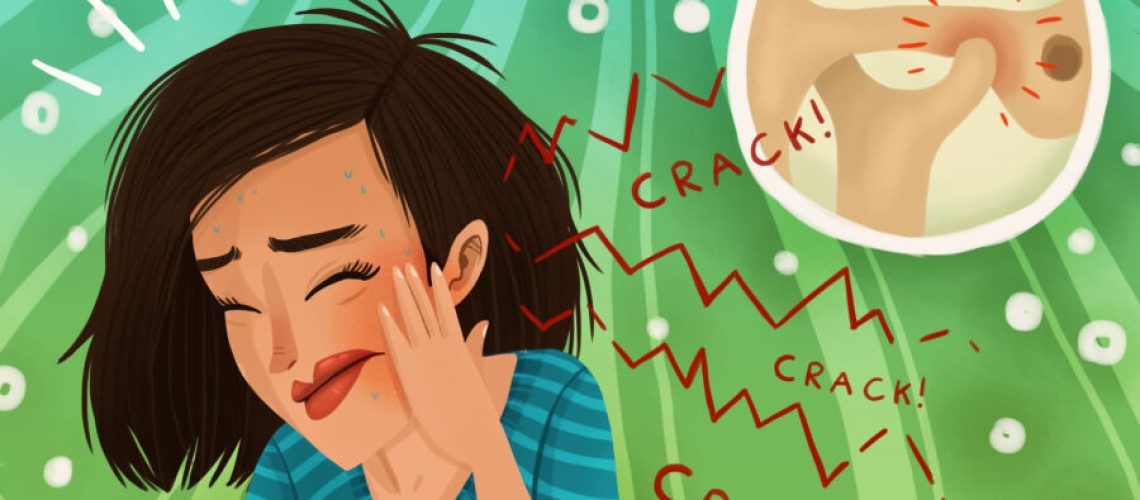Your TMJ, which stands for the temporomandibular joint, attaches your lower jaw to your skull. When the joint is doing its job, you can close and open your mouth without trouble. When problems develop, the joint can cause issues. TMJ disorder (which is often abbreviated as just “TMD”) can lead to tenderness, pain, and swelling. Dentists can use BOTOX to treat this problem.
How BOTOX Helps Treat TMJ Issues
For years, BOTOX has been used to reduce the appearance of wrinkles, sagging skin, and fine lines on the skin. It has other medical uses, including for TMJ disorder. A BOTOX injection relaxes the jaw muscles responsible for problems with your TMJ. It relieves the jaw tension, muscle spasms, headaches, and teeth grinding that the disorder causes. BOTOX can even help with lockjaw. BOTOX treatment lasts for months, after which you’ll receive another injection to keep your TMJ pain-free.
How to Know You Have TMJ Dysfunction
The symptoms of TMJ disorder can affect your quality of life. It might be hard to comfortably open and close your mouth. This makes chewing difficult. You might also experience jaw clicking, stiffness, swelling, inflammation, and jaw pain. Some people grind their teeth or get tension headaches too. Dentists diagnose TMJ problems by feeling your jaw and listening as you open and close your mouth. Dental X-rays can also help with diagnosis.
TMD Treatment at Hermitage Dental Group in Hermitage, TN
TMJ pain and discomfort can be treated with things like physical therapy, hot/cold therapy, pain relievers, and BOTOX injections. BOTOX is safe and effective when administered by specially-trained professionals, like our team at Hermitage Dental Group.
You don’t have to live with TMJ pain anymore! If you’re experiencing problems with your jaw or getting headaches, please contact us for an appointment. Therapeutic BOTOX might be the solution you’re looking for.
TMD image from Authority Dental under CC 2.0

